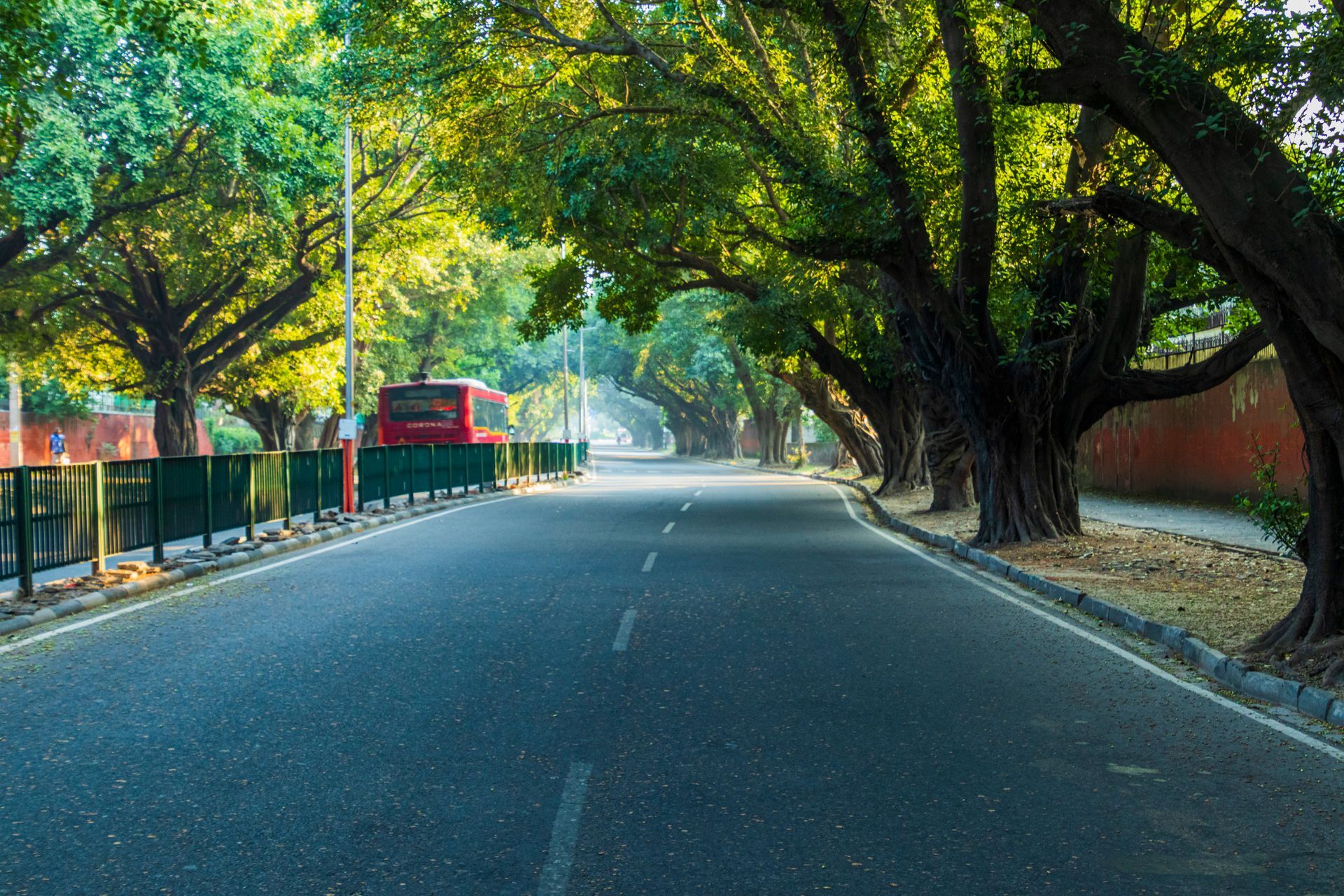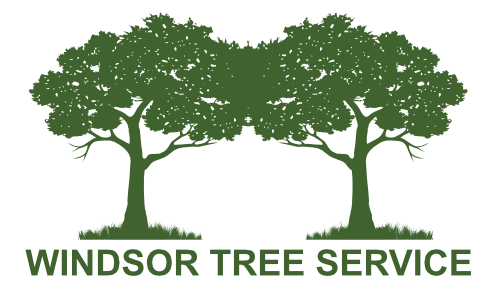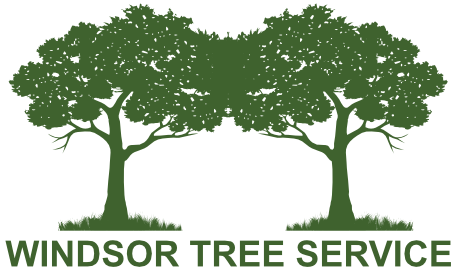How to Choose the Right Tree for Your Waco Property
Choosing the right tree for your property is a crucial decision that can enhance your landscape, provide shade, and increase the value of your home. For residents of Waco, TX, this decision is influenced by unique climate and soil conditions. This guide will help you make an informed choice by considering various factors such as your property’s conditions, your needs and preferences, local wildlife, and expert advice.
Assessing Your Property’s Conditions
Soil Type
Understanding the soil type on your property is the first step in selecting the right tree. Waco features a variety of soil types, including clay, loam, and sandy soils. Each soil type has different drainage and nutrient properties that affect tree growth. Testing your soil can be done through home testing kits or by sending a sample to a local extension service. Once you know your soil type, you can choose a tree species that thrives in those conditions.
Sunlight Exposure
Sunlight exposure varies across different parts of your property. Trees require different amounts of sunlight, so it’s important to identify areas of full sun, partial shade, and full shade. For example, Live Oak and Pecan trees thrive in full sun, while Texas Redbud and Dogwood are more tolerant of partial shade. Matching the tree species with the appropriate sunlight exposure ensures healthy growth and development.
Water Availability
Consider the natural water sources and irrigation systems on your property. Waco’s climate can be quite dry, so choosing drought-tolerant species is often a smart move. Native trees, such as the Live Oak and Bald Cypress, are well-adapted to the local climate and can survive with minimal watering once established. Ensure that your chosen tree species aligns with the water availability on your property.
Understanding Your Needs and Preferences
Purpose of the Tree
Determine the primary purpose of planting the tree. Do you need shade, aesthetic appeal, privacy, a windbreak, or fruit production? For shade, species like the Live Oak or Bald Cypress are excellent choices due to their large canopies. For aesthetic appeal, flowering trees such as Crepe Myrtle and Texas Redbud add vibrant colors to your landscape. If you’re looking for privacy or a windbreak, consider fast-growing trees like the Eastern Red Cedar. For fruit production, Pecan and Peach trees are suitable options.
Maintenance Requirements
Different tree species require varying levels of maintenance. High-maintenance trees may need regular pruning, pest control, and fertilization, which can be time-consuming and costly. Low-maintenance trees, such as the Texas Red Oak, require minimal care once established. Assess how much time and resources you are willing to invest in tree maintenance and choose a species that fits your lifestyle.
Growth Rate and Mature Size
Consider the growth rate and mature size of the tree. Fast-growing species like the Eastern Red Cedar provide quick results but may have a shorter lifespan. Slow-growing trees, such as Live Oaks, take longer to mature but often live longer and become more robust over time. Additionally, consider the mature size of the tree to ensure it will fit within your landscape without causing issues with structures, power lines, or other trees.
Best Tree Species for Waco’s Climate
Native Trees
Native trees are well-suited to Waco’s climate and soil conditions. They require less water and maintenance compared to non-native species. Some excellent native trees for Waco include:
- Live Oak: Known for its broad canopy and longevity, providing excellent shade.
- Pecan: Produces delicious nuts and is highly valued for its timber.
- Texas Redbud: Features beautiful pink flowers in spring and thrives in partial shade.
Adapted Trees
Adapted trees are non-native species that have proven to thrive in Waco’s conditions. These trees can provide additional options for your landscape. Examples include:
- Bald Cypress: Tolerant of wet conditions and produces a striking fall color.
- Crepe Myrtle: Known for its vibrant summer flowers and varied bark texture.
- Chinese Pistache: Provides brilliant fall foliage and is drought-tolerant.
Consideration of Local Wildlife
Attracting Beneficial Wildlife
Planting trees that attract beneficial wildlife can enhance the biodiversity of your property. Trees that produce berries, nuts, or flowers provide food and habitat for birds, bees, and other wildlife. For example, the Pecan tree attracts squirrels and birds, while the Texas Redbud supports pollinators like bees and butterflies. Creating a wildlife-friendly yard not only benefits the environment but also adds life and movement to your garden.
Avoiding Nuisance Wildlife
Conversely, some tree species might attract unwanted pests. For instance, fruit trees can attract rodents and insects that may become a nuisance. If you decide to plant such trees, consider strategies for managing these pests, such as using protective netting or selecting pest-resistant varieties.
Long-Term Planning and Placement
Space and Proximity to Structures
When planting a tree, consider the space available and the proximity to structures. Trees with extensive root systems or large canopies need plenty of space to grow without interfering with buildings, power lines, or sidewalks. Planting trees too close to structures can lead to damage and costly repairs. A good rule of thumb is to plant large trees at least 20 feet away from buildings and other structures.
Future Growth and Changes
Think about how the tree will grow and change over the years. Will it still fit into your landscape as it matures? Planning for the tree’s future growth can prevent overcrowding and ensure it remains a valuable part of your property for decades. Consider factors such as potential root spread, canopy width, and overall height when selecting the planting location.

Expert Advice and Resources
Consulting with Local Arborists
Seeking professional advice can be invaluable in choosing the right tree for your property. Local arborists have the expertise to assess your property’s conditions and recommend suitable tree species. They can also provide insights into the best planting practices and ongoing care to ensure your tree thrives.
Local Nurseries and Garden Centers
Local nurseries and garden centers are excellent resources for purchasing healthy trees. Staff at these centers can offer advice on the best tree species for your specific needs and conditions. They can also provide information on proper planting techniques and care tips.
Educational Resources
Take advantage of educational resources available online and through local organizations. Many communities offer workshops, guides, and programs focused on tree planting and care. Websites of local extension services, gardening clubs, and environmental organizations can provide valuable information to help you make informed decisions.
Choosing the right tree for your Waco property requires careful consideration of various factors, including your property’s conditions, your needs and preferences, local wildlife, and long-term planning. By taking the time to assess these factors and seek expert advice, you can ensure that the tree you plant will thrive and enhance your landscape for years to come. Whether you need shade, aesthetic appeal, or a home for local wildlife, there’s a perfect tree for every Waco property. For personalized assistance and planting services, don’t hesitate to reach out to a professional tree service in Waco.
You might also like
Contact Us
We will get back to you as soon as possible.
Please try again later.
Ensure Tree Health with Our Professional Care.
Location
Call
All Rights Reserved | Tree Service Waco TX | Powered by Snapps

